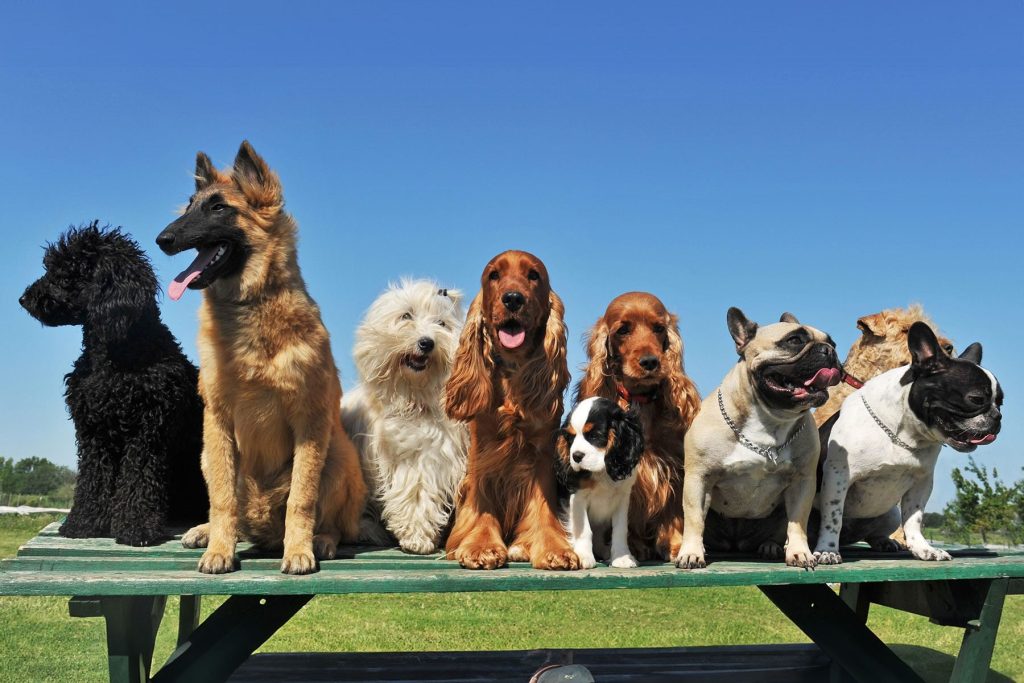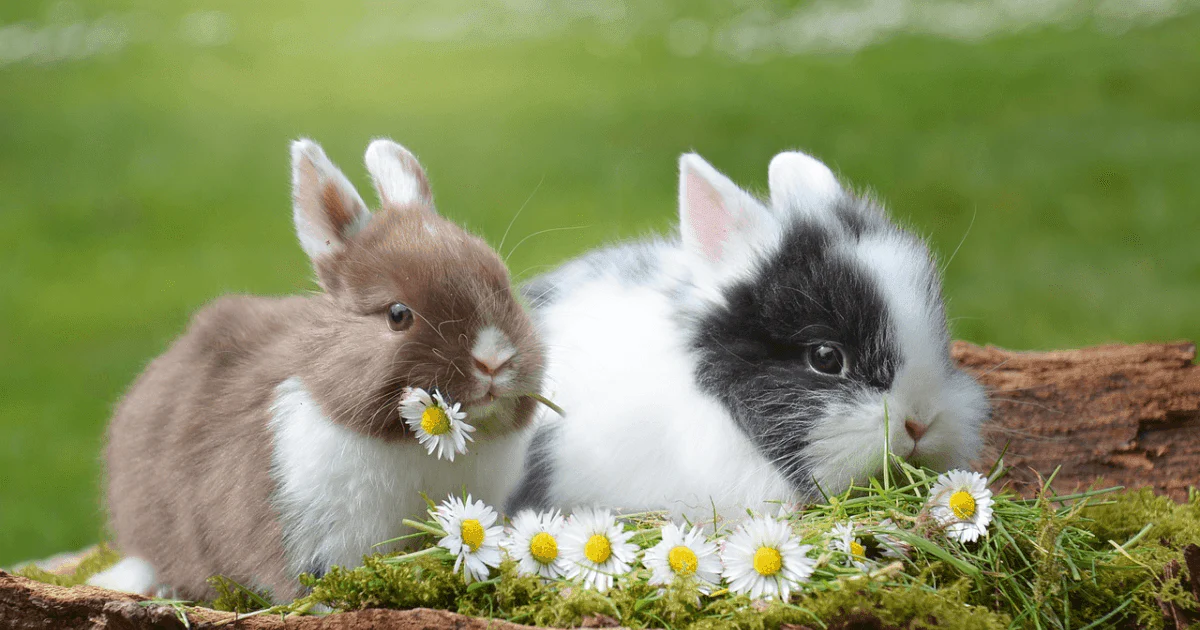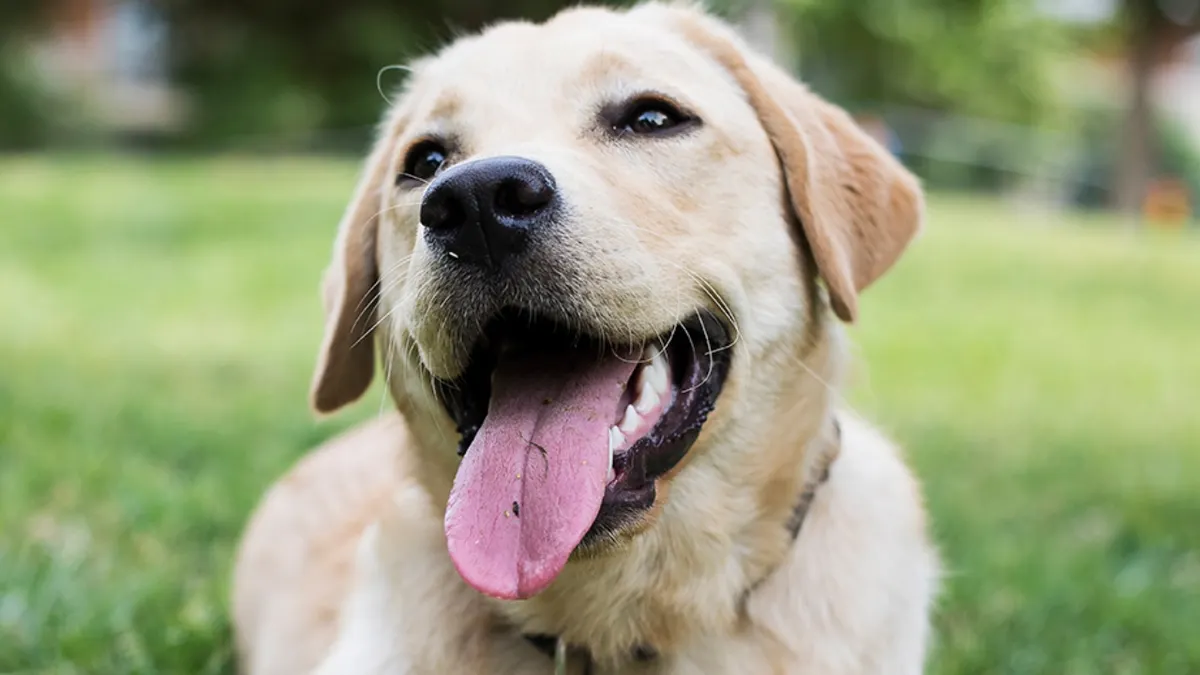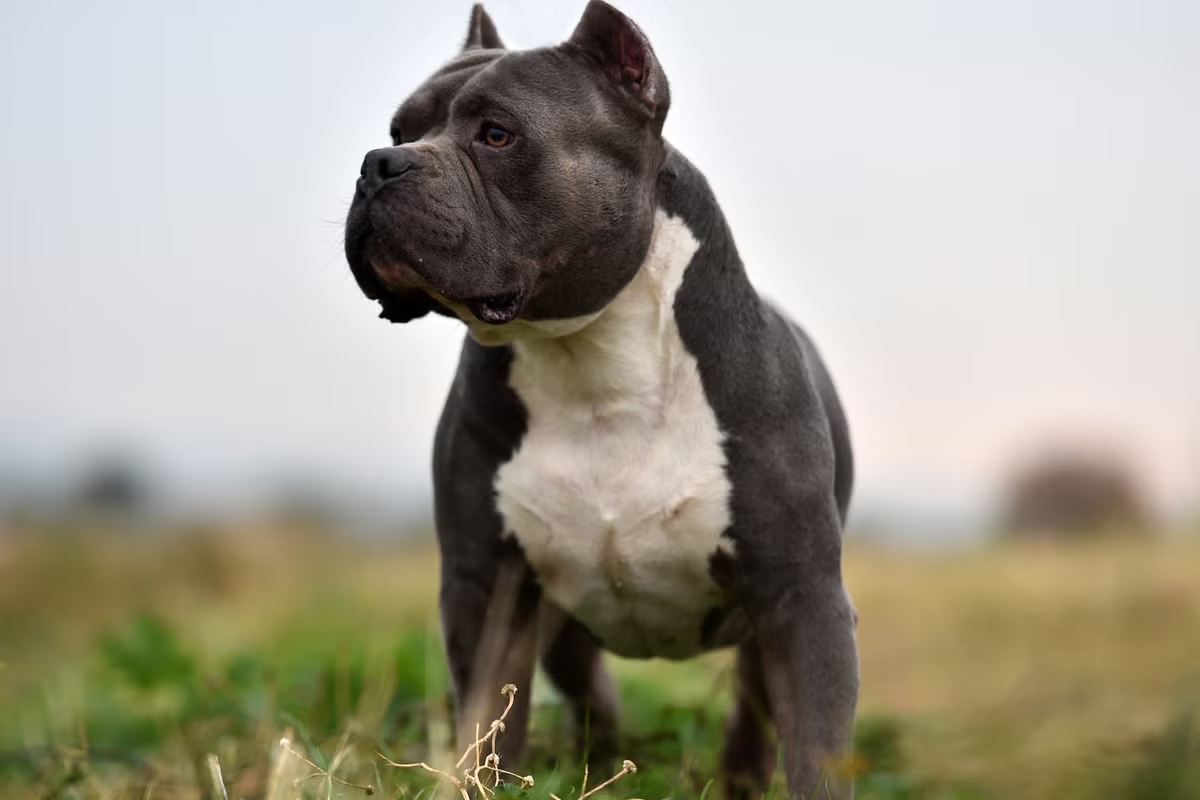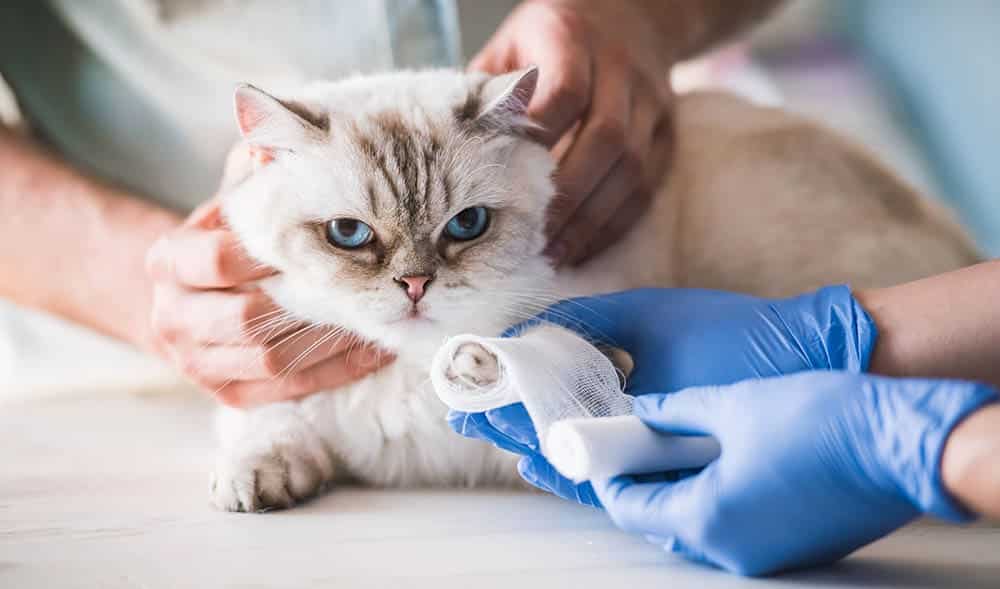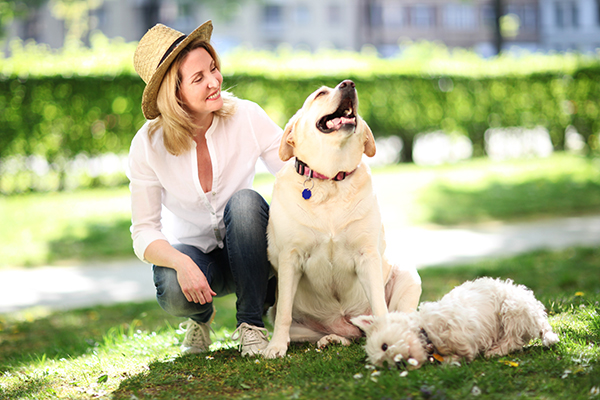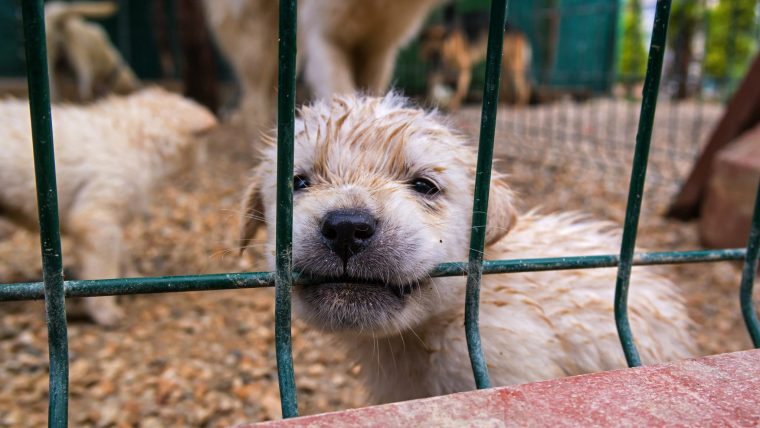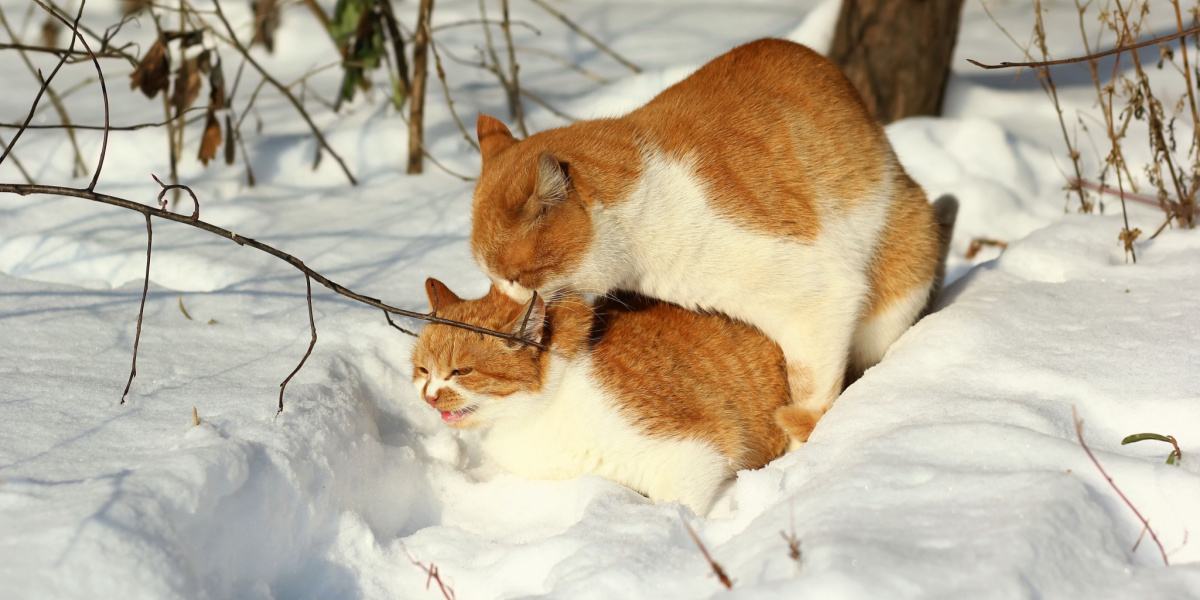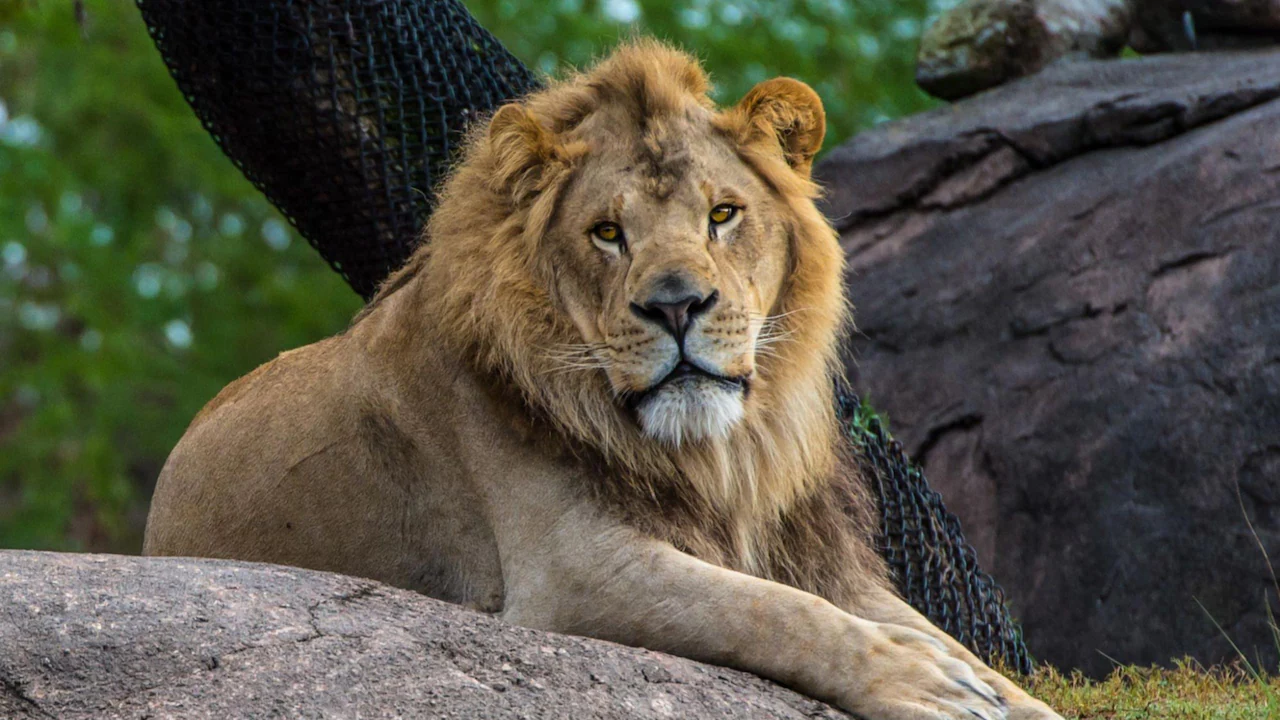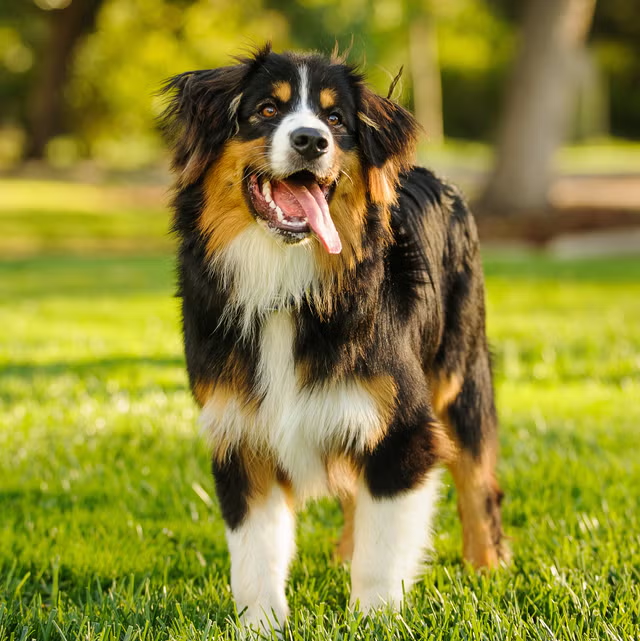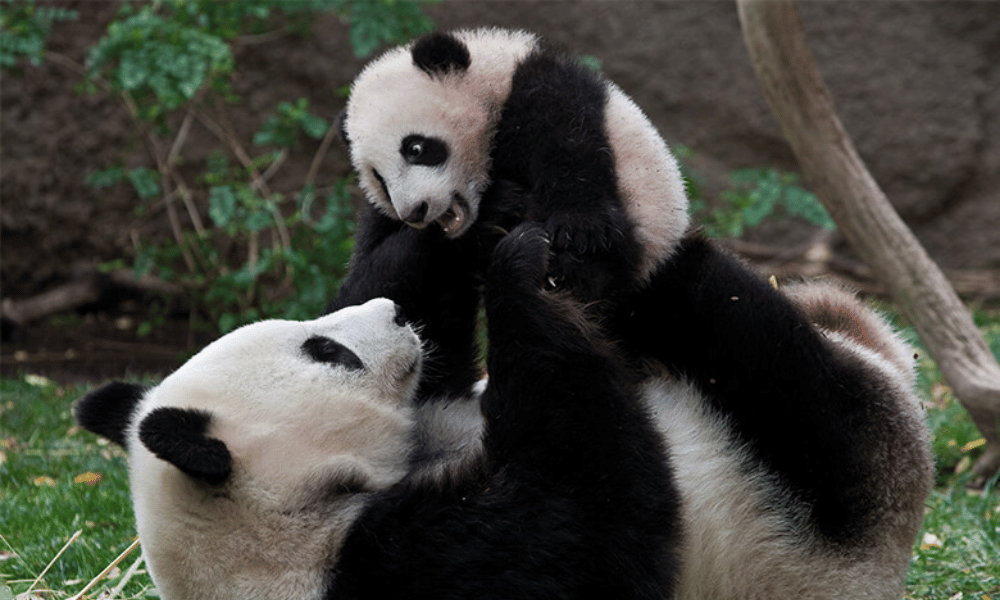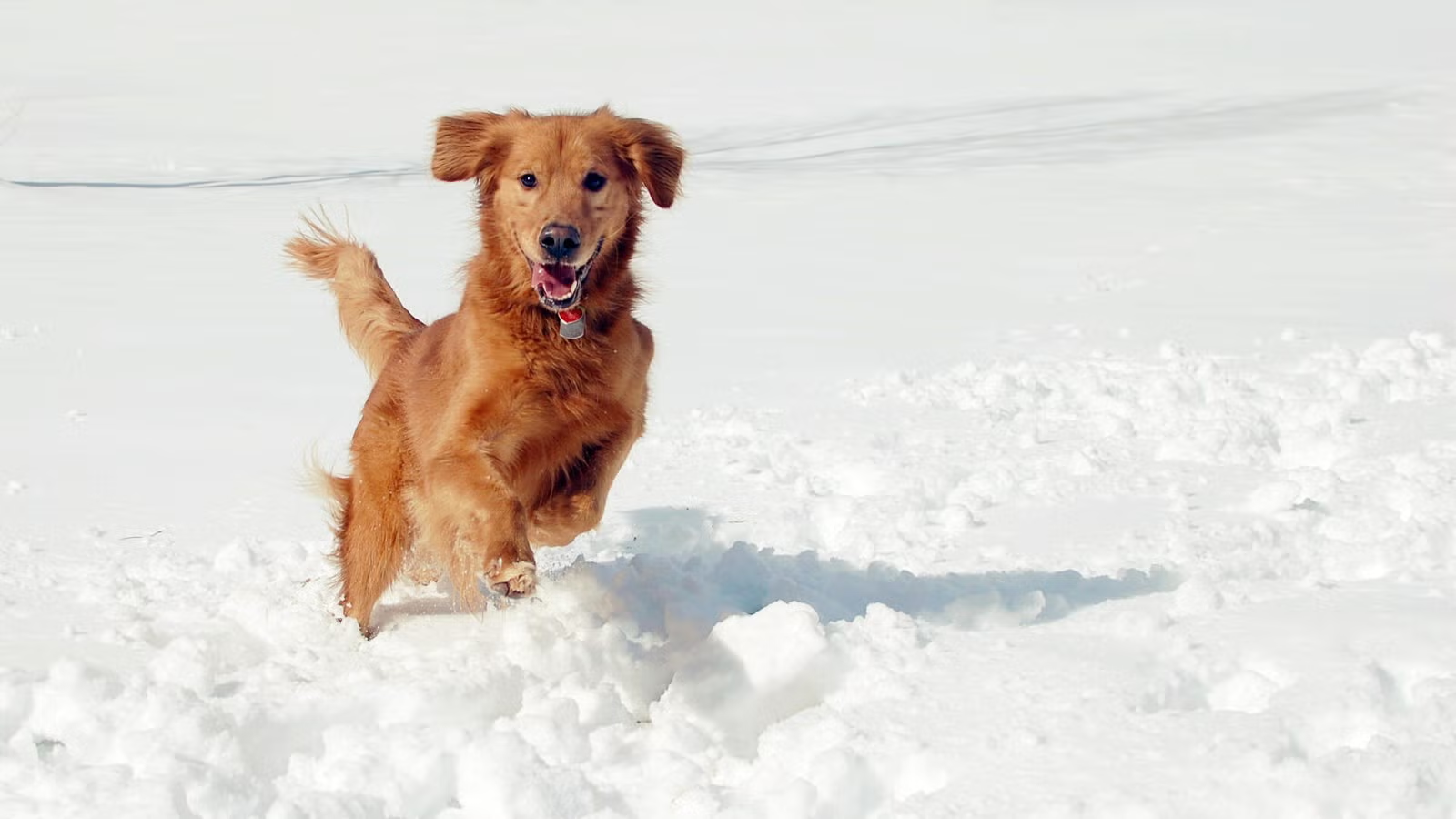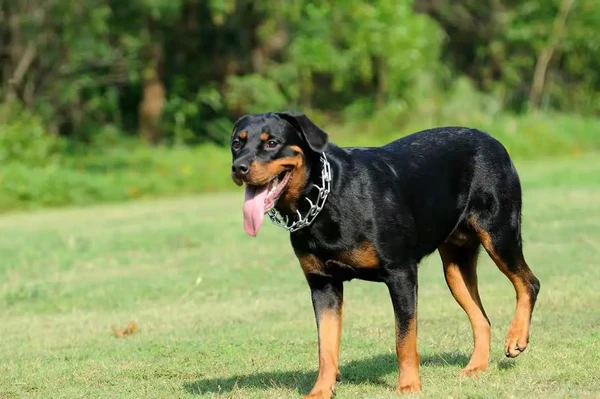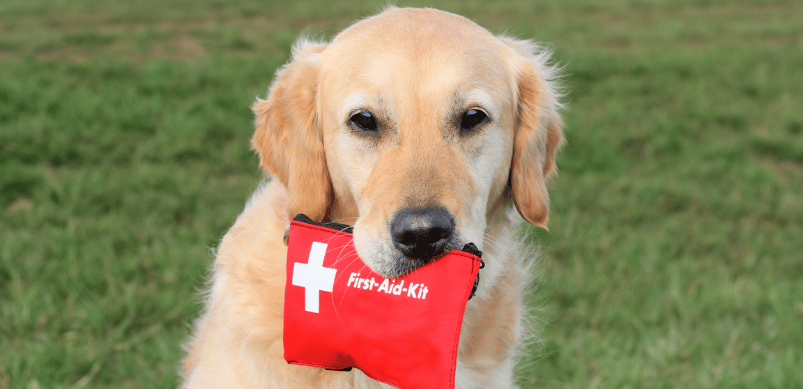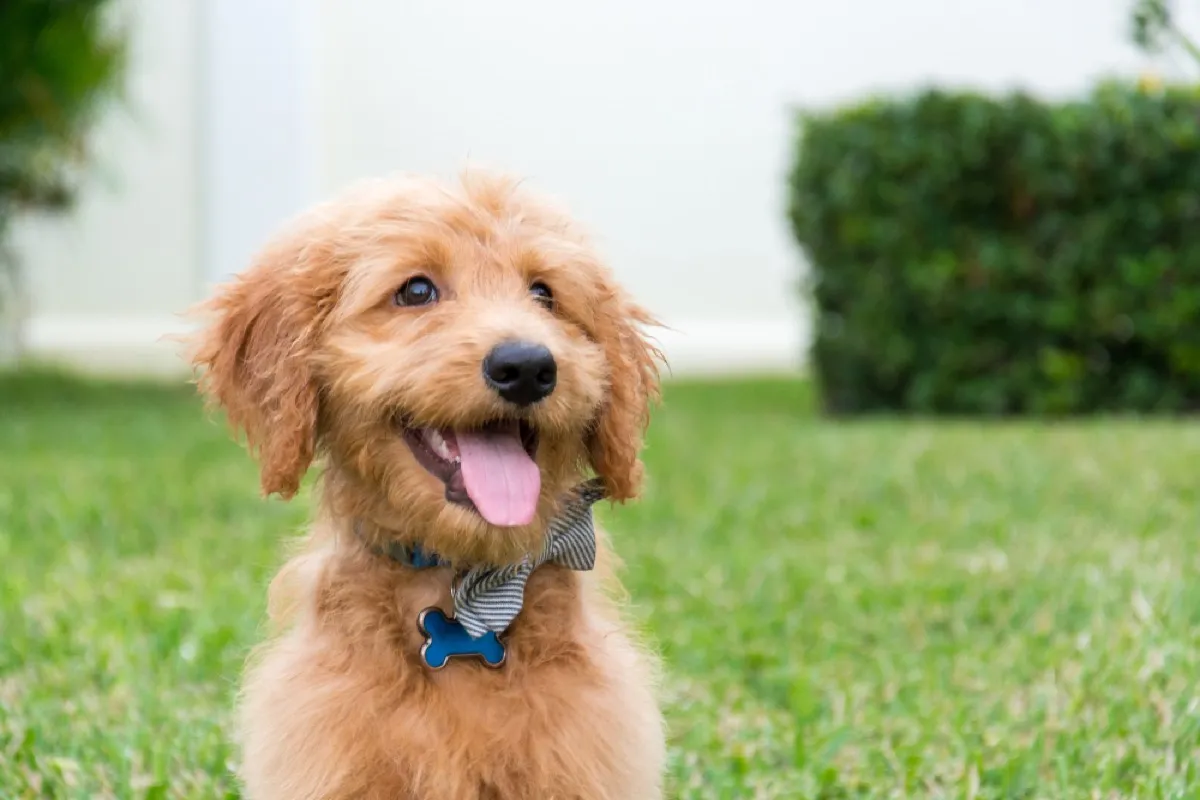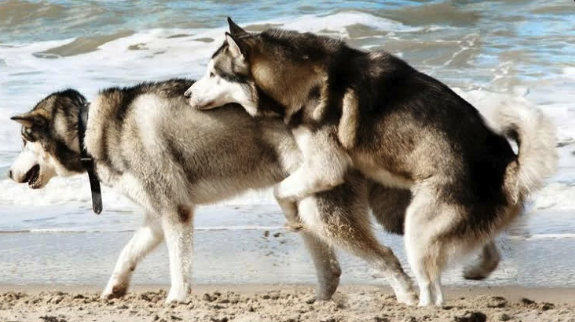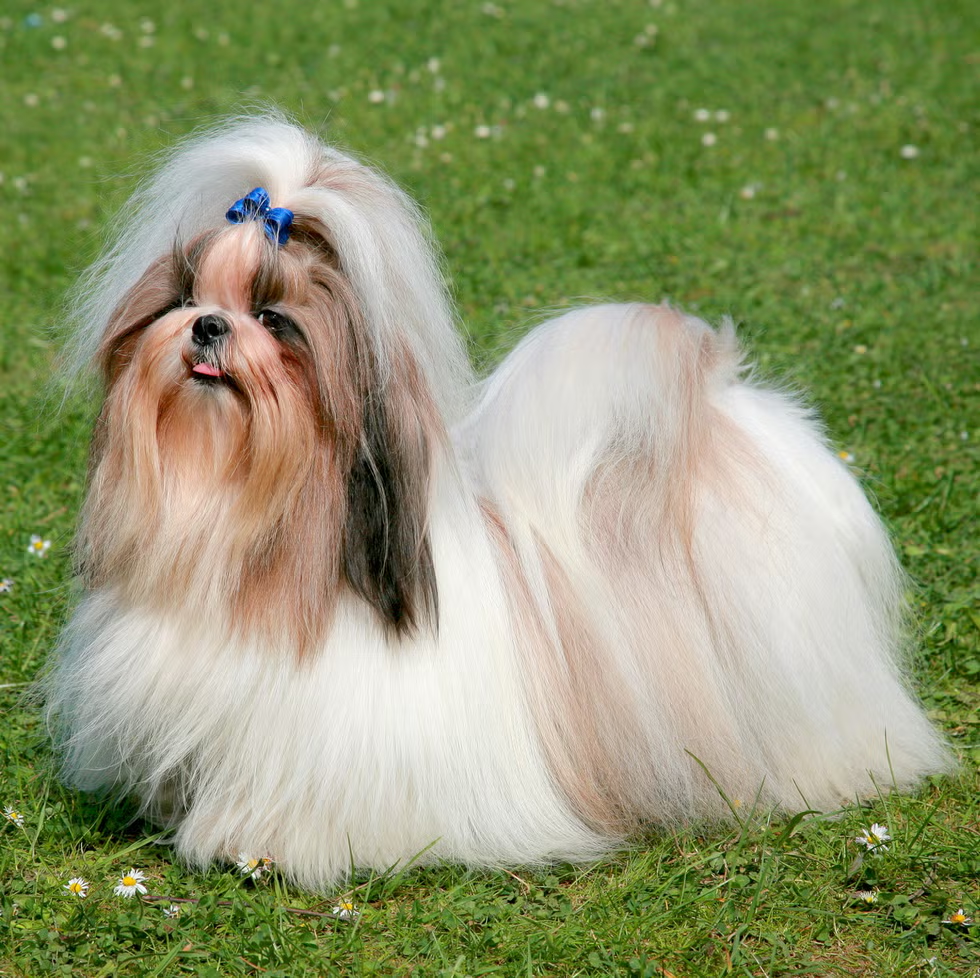America’s Favorite Furry Friends
Dogs have a way of wagging their way into our hearts, and in 2025, some breeds are stealing the show more than others. Based on American Kennel Club (AKC) registration data, the top 10 most popular dog breeds reflect a mix of loyal companions, playful pups, and versatile workers. From my own experience with my Golden Retriever, Buddy, I’ve seen firsthand how these breeds win over families. Let’s dive into the top 10, exploring their traits, care needs, and why they’re so loved across the U.S.
French Bulldog: The Charming City Dweller
Top Dog for Three Years Running
The French Bulldog, or “Frenchie,” has held the AKC’s No. 1 spot since 2022, ending the Labrador Retriever’s 31-year reign. Their bat-like ears, compact size, and playful demeanor make them a hit, especially in urban areas. Frenchies are perfect for apartment life, bringing joy with minimal space requirements.
Why Frenchies Rule
Frenchies are adaptable, rarely bark, and love short play sessions like fetch. Their short coats need minimal grooming, but their flat faces make them prone to breathing issues. Owners like me, who’ve watched Buddy’s city cousin, a Frenchie named Max, charm everyone, know their appeal is undeniable.
Care and Considerations
Regular ear cleaning prevents infections, and a high-quality diet supports their health. Frenchies cost $1,500–$3,000 from breeders, but rescues like French Bulldog Rescue Network offer them for $300–$800. Avoid hot weather to protect their sensitive airways.
Labrador Retriever: The All-American Classic
A Timeless Family Favorite
Labrador Retrievers, now at No. 2, are beloved for their friendly, outgoing nature, holding the top spot for 31 years until 2022. Their versatility shines in roles from family pet to service dog. Buddy, my Lab mix, never fails to greet everyone with a wagging tail.
Traits That Win Hearts
Labs are energetic, trainable, and great with kids and other pets. They love swimming and fetching, needing 30–60 minutes of daily exercise. Their short, dense coats shed moderately, requiring weekly brushing to keep fur at bay.
Where to Find Labs
Lab puppies cost $800–$2,000 from reputable breeders, but shelters like the ASPCA have them for $100–$400. Feed them a large-breed diet, like Hill’s Science Diet ($30–$50/month), and watch for hip dysplasia, a common issue in the breed.
Golden Retriever: The Golden Standard
The Eternal Puppy
Golden Retrievers, steady at No. 3, are known for their intelligence, loyalty, and “puppy forever” charm. Their photogenic looks make them social media stars, and their gentle nature suits families. Buddy’s golden fur always draws smiles on our walks.
Ideal for Active Homes
Goldens need daily exercise, like hiking or fetch, and thrive with mental stimulation from training. Their double coats shed heavily, so a de-shedding tool like the Furminator ($20–$50) is a must. They’re also excellent therapy dogs due to their calm demeanor.
Adoption and Costs
Breeders charge $1,000–$2,500, but Golden Retriever Rescue groups offer adoptions for $200–$500. Regular vet checkups catch issues like allergies or hip dysplasia early. Petco and Chewy stock breed-specific foods to keep them healthy.
German Shepherd: The Loyal Protector
Courage Meets Compassion
German Shepherds, at No. 4, are intelligent, brave, and versatile, excelling as police dogs and family companions. Their athletic build and loyalty make them a top choice. A friend’s Shepherd, Luna, once alerted us to a stray cat stuck in a fence!
Training and Activity Needs
These dogs need rigorous exercise (1–2 hours daily) and mental challenges like obedience training. Their medium-length coats shed year-round, requiring regular brushing. A large-breed diet supports their active lifestyle and long lifespan (10–13 years).
Finding a German Shepherd
Expect to pay $1,000–$3,000 from breeders, or adopt from shelters for $100–$400. Check the German Shepherd Rescue Alliance for options. Their protective nature requires early socialization to prevent over-guarding.
Poodle: The Versatile Genius
Three Sizes, Endless Charm
Poodles, at No. 5, come in Standard, Miniature, and Toy sizes, known for their curly, “hypoallergenic” coats and sharp minds. Their trainability makes them stars in dog shows and homes. I’ve seen Poodles steal the show at local agility events.
Grooming and Health
Poodles need professional grooming every 4–6 weeks ($50–$100) to prevent matting. They’re prone to eye issues and hip dysplasia, so regular vet visits are key. Their intelligence demands puzzle toys and training to stay engaged.
Where to Get Poodles
Breeders charge $1,000–$3,000, but Poodle rescues offer them for $200–$600. Petfinder.com lists Poodles nationwide. A high-quality diet, like Royal Canin Poodle formula ($20–$40/month), supports their coat and health.
Dachshund: The Spirited Sausage Dog
Small but Mighty
Dachshunds, climbing to No. 6 in 2024, are playful and adaptable, with their iconic long bodies and short legs. Their bold personalities shine in small spaces, making them urban favorites. A neighbor’s Dachshund, Oscar, loves chasing squirrels with big-dog energy.
Care Challenges
Their long spines make them prone to back injuries, so ramps and weight control are crucial. Short-haired Dachshunds need minimal grooming, while long-haired ones require weekly brushing. They live 12–16 years with proper care.
Adoption Options
Dachshund puppies cost $800–$2,000, but rescues like Dachshund Rescue of North America have them for $150–$400. Petco stocks small-breed foods to keep them fit. Avoid letting them jump off furniture to protect their backs.
Bulldog: The Lovable Lump
Goofy and Family-Friendly
Bulldogs, at No. 7, are known for their stocky build and kid-friendly nature, moving up from No. 9 in 2023. Their goofy antics, like snoring on the couch, win hearts. My friend’s Bulldog, Winston, is a master at stealing snacks and cuddles.
Health and Maintenance
Their short coats need minimal grooming, but skin folds require daily cleaning to prevent infections. Bulldogs are prone to breathing issues and overheating, so keep them cool. A vet-recommended diet prevents obesity, a common concern.
Where to Find Bulldogs
Breeders charge $1,500–$4,000, but Bulldog rescues offer adoptions for $300–$700. Check the Bulldog Club of America for reputable sources. Avoid strenuous exercise to protect their sensitive airways.
Beagle: The Curious Companion
Nose on Paws
Beagles, at No. 8, are happy-go-lucky scenthounds with a knack for following their noses. Their compact size and friendly vibe make them family favorites. I once watched a Beagle, Bella, track a treat across a park with laser focus.
Exercise and Training Needs
Beagles need 30–60 minutes of daily exercise and a secure yard, as they’ll chase scents anywhere. Their short coats are low-maintenance, but their barking requires early training. They live 12–15 years with proper care.
Adoption and Costs
Beagle puppies cost $500–$1,500, but rescues like Beagle Freedom Project have them for $100–$300. Petfinder.com lists local options. A balanced diet and puzzle toys keep their curious minds happy.
Rottweiler: The Loyal Guardian
Strength with a Soft Side
Rottweilers, at No. 9, are powerful yet loving, moving up from No. 8 in 2023. Their confidence and loyalty make them great guard dogs. A Rottweiler named Zeus once protected my friend’s home from an intruder with just a bark.
Training Is Key
Rotties need early socialization and consistent training to balance their protective instincts. Daily exercise (1 hour) and a large-breed diet support their muscular build. Their short coats need weekly brushing.
Where to Get Rottweilers
Breeders charge $1,000–$2,500, but Rottweiler rescues offer adoptions for $200–$500. The American Rottweiler Club lists trusted breeders. Regular vet visits monitor for hip dysplasia and heart issues.
German Shorthaired Pointer: The Energetic Hunter
A Gundog with Gusto
German Shorthaired Pointers, steady at No. 10, are athletic and enthusiastic, perfect for active owners. Their hunting roots make them excel at outdoor adventures. I’ve seen these dogs bound through fields with endless energy.
Activity and Care Needs
They need 1–2 hours of vigorous exercise daily, like running or hiking, and mental stimulation from training. Their short coats are low-maintenance, but they’re prone to hip dysplasia. A high-protein diet fuels their energy.
Finding a GSP
Puppies cost $800–$2,000, but rescues like German Shorthaired Pointer Rescue have them for $150–$400. Check AKC’s breeder directory. Their 10–12-year lifespan thrives with active, engaged owners.
Comparison: Top Breeds at a Glance
| Breed | Size | Temperament | Exercise Needs | Grooming |
|---|---|---|---|---|
| French Bulldog | Small | Playful, adaptable | Low (20–30 min/day) | Low |
| Labrador Retriever | Medium-Large | Friendly, outgoing | High (30–60 min/day) | Moderate |
| Golden Retriever | Medium-Large | Loyal, intelligent | High (30–60 min/day) | High |
| German Shepherd | Large | Brave, protective | High (1–2 hrs/day) | Moderate |
| Poodle | Small-Large | Smart, affectionate | Moderate (30–60 min/day) | High |
Pros and Cons of Popular Dog Breeds
Pros:
- Versatility: Labs and Goldens adapt to families, singles, or active lifestyles.
- Loyalty: German Shepherds and Rottweilers offer unmatched devotion and protection.
- Low Maintenance: Frenchies and Beagles need minimal grooming, saving time.
Cons:
- Health Issues: Frenchies and Bulldogs face breathing problems; Poodles need frequent grooming.
- Energy Demands: German Shorthaired Pointers and German Shepherds require active owners.
- Cost: Purebreds like Rottweilers or Poodles can cost $1,000+, pricier than rescues.
People Also Ask (PAA) Section
What is the most popular dog breed in the U.S. in 2025?
The French Bulldog is the most popular breed, holding the AKC’s No. 1 spot for the third year. Its compact size and adaptable nature make it ideal for city living. Check AKC.org for the full 2024 rankings.
Which dog breeds are best for families?
Labrador Retrievers and Golden Retrievers are top choices for their gentle, kid-friendly natures. They’re trainable and love playtime, making them great for households with children. Always supervise young kids with dogs.
Are there hypoallergenic dog breeds?
Poodles are considered “hypoallergenic” due to their low-shedding coats, ideal for allergy sufferers. Regular grooming reduces dander. No breed is fully hypoallergenic, so test with a breeder or shelter first.
Where can I adopt popular dog breeds?
Shelters like the ASPCA or Petfinder.com offer breeds like Labs and Beagles for $100–$400. For purebreds, check breed-specific rescues or AKC’s breeder directory. Local humane societies are also great options.
Best Tools for Dog Owners
Essential Products
- Dog Beds: PetFusion orthopedic beds ($50–$150) support joints, great for Labs or Goldens.
- Grooming Tools: Furminator de-shedding tools ($20–$50) manage Golden Retriever shedding.
- Training Collars: PetSafe collars ($30–$100) aid training for German Shepherds or Rottweilers.
Where to Buy
- Chewy: Offers discounts on food, toys, and beds with fast shipping.
- Petco/Petsmart: Stocks breed-specific foods and training supplies.
- Amazon: Has affordable accessories with 4+ star ratings from 500+ reviews.
Transactional Tip: Choosing Quality
Opt for products with vet endorsements or high ratings. For example, Hill’s Science Diet Large Breed ($30–$50/month) is trusted for Labs and German Shepherds, ensuring balanced nutrition.
A Personal Tale of Puppy Love
When I brought Buddy, my Golden Retriever mix, home from a shelter, I didn’t know he’d become my best friend. His boundless energy and love for fetch made every day an adventure, but his shedding taught me the value of a good vacuum! Seeing breeds like Labs, Goldens, and Frenchies top the 2025 list reminds me why we love these dogs—they’re not just pets, they’re family. Whether it’s a Frenchie’s playful charm or a German Shepherd’s loyalty, these breeds bring joy to millions of homes.
FAQ Section
What makes French Bulldogs so popular?
Their small size, quiet demeanor, and adaptability make them ideal for apartments and busy owners. They need minimal exercise and love bonding with families. Their health issues, like breathing problems, require careful monitoring.
Are popular breeds good for first-time owners?
Labrador Retrievers and Golden Retrievers are great for beginners due to their trainability and friendly nature. French Bulldogs are also easy for novices, needing less exercise. Research breed needs before adopting.
How much do popular dog breeds cost?
French Bulldogs and Poodles cost $1,000–$3,000 from breeders, while Labs and Beagles range from $500–$2,000. Shelters offer these breeds for $100–$400. Breed-specific rescues provide affordable purebreds.
Where can I find these dog breeds?
Visit Petfinder.com or ASPCA for shelter adoptions. AKC’s marketplace (marketplace.akc.org) connects you with reputable breeders. Breed-specific rescues like Golden Retriever Rescue or French Bulldog Rescue are great options.
What are the health concerns for these breeds?
French Bulldogs and Bulldogs face breathing issues; Labs and Goldens may develop hip dysplasia. Poodles need regular grooming to prevent matting. Regular vet visits and quality diets mitigate these risks.
Conclusion: Finding Your Perfect Pup
The top 10 dog breeds of 2025, from French Bulldogs to German Shorthaired Pointers, offer something for every lifestyle, whether you’re in a city apartment or a sprawling suburb. Their popularity stems from their unique traits—loyalty, playfulness, or adaptability—that make them cherished companions. Visit Petfinder.com or AKC.org to find your dream dog, and invest in quality care products to ensure a long, happy life together. Here’s to wagging tails and endless adventures with your furry best friend!
